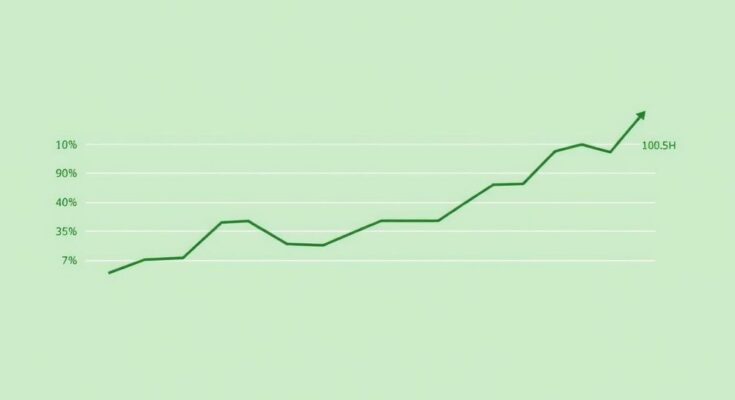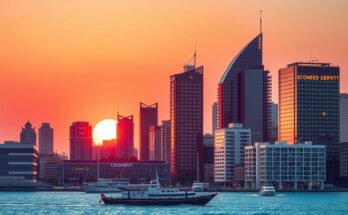South Africa’s inflation rate remained at 3.2% in February 2025, below the 4.5% target, with food inflation increasing while transport and personal care saw decreases. Core inflation fell to its lowest since December 2021, while CPI rose significantly month-on-month, indicating varied developments in the economy.
In February 2025, South Africa’s inflation rate remained steady at 3.2%, marking its highest rate in four months yet still below the South African Reserve Bank’s targeted midpoint of 4.5%. The increase in inflation for food and non-alcoholic beverages was notable, rising to 2.8% from January’s 2.3%, demonstrating a significant uptick. However, the growth in housing and utilities prices eased slightly, decreasing to 4.4% from 4.5%.
Contrary to the increases observed in other sectors, personal care and miscellaneous services saw a significant slowdown in inflation, falling to 1.1% from 5.9%. Transport prices continued to experience deflation, with a decrease of -0.5%, although this represents a minor increase from -0.2%. Core inflation, which excludes food, non-alcoholic beverages, fuel, and energy, reached its lowest level since December 2021, decreasing to 3.4%.
On a monthly basis, the Consumer Price Index (CPI) registered a notable jump of 0.9%, the highest increase in a year, contrasting with January’s increase of only 0.3%. This data indicates a complex inflationary landscape in South Africa, with various sectors reacting differently within the economy.
In summary, South Africa’s inflation rate remained stable at 3.2% in February 2025, reflecting mixed trends across different sectors. While food and non-alcoholic beverages displayed increased inflation, other areas like personal care and transport experienced significant slowdowns. The core inflation has marked a low point since December 2021, pointing to broader economic implications for the country.
Original Source: www.tradingview.com




